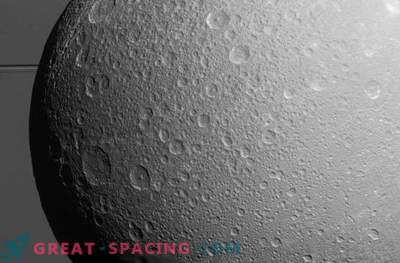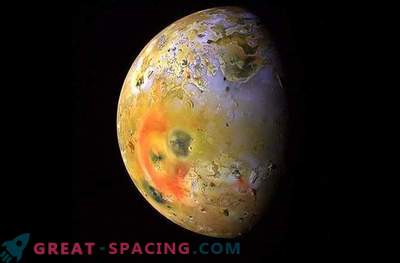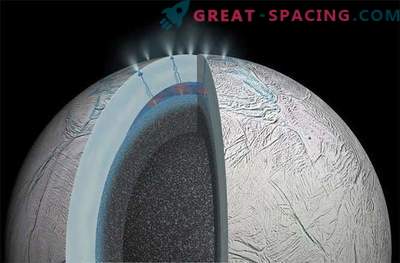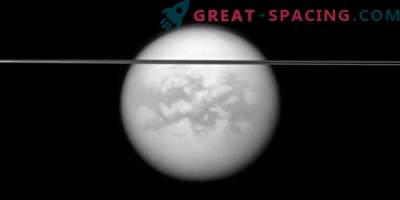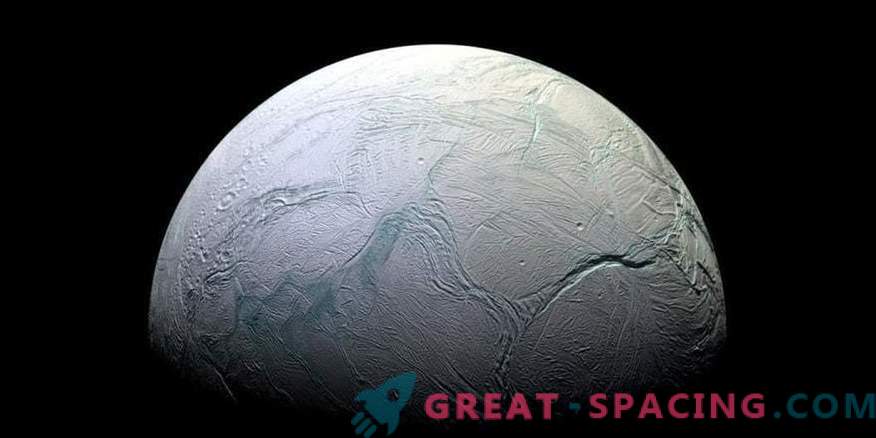
The icy moons located in the outer solar system have a life potential because they are capable of having liquid oceans. But this also requires a source of energy that promotes growth and reproduction.
Where does it get if the star is so far away? Not so long ago, scientists considered this question and took tidal heating in the oceans of Titan and Enceladus (Saturn's satellites) as a source. Researchers already know the approximate size of the oceans, but so far there is no information about the amount of energy created by tidal dissipation. Further analyzes may take decades.
In a recent study, two resistance models were analyzed that could affect tidal-excellent dispersion and the effects of dissipation. Hamish Hay is responsible for the work. He applied the model to study tidal resistance in the oceans of the two moons mentioned. They included the resistance of Rayleigh (smooth flows) and lower.
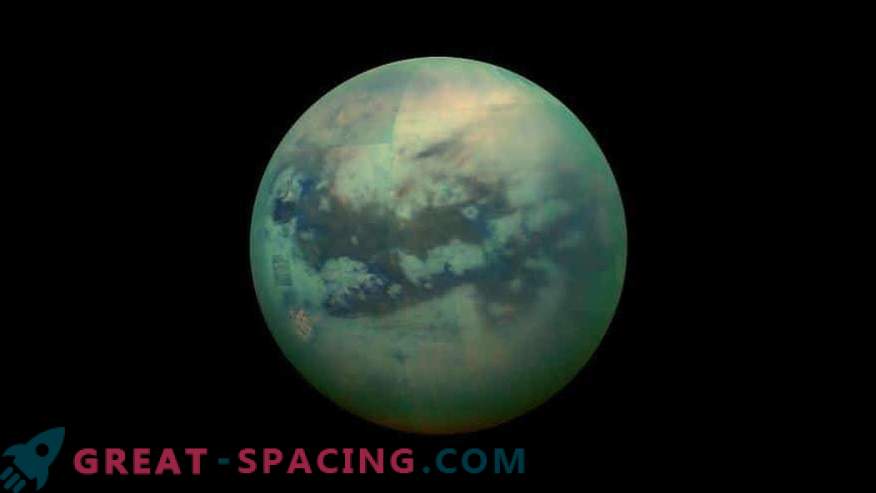
Titan in a false light, surrounded by orange haze. The satellite is believed to hold the ocean with ice
Tidal Energy
Hey tried to figure out if his model matched other results. He did not put the ice cap, and also retained the thickness of the oceans throughout the satellite. This works great for large Titan, but is not suitable for Enceladus, since its ocean is denser at the south pole. Ice satellites dissipate energy because they experience varying gravitational force created by the distance between the moon and the planet, as well as the axial inclination of the moon itself. Hey applied each, varying ocean density and drag coefficient, to capture changes in dispersion. In the case of a distance change, the model has demonstrated several bursts. However, Titan’s ocean is thicker, so real change will be much less.
When calculating the dissipation with an axial slope, the results were different. If the thickness of the ocean of Titan is less than 100 m, then the coefficient of bottom resistance is responsible for warming.

Artistic interpretation of the Cassini spacecraft during the 2017 mission
On Enceladus, warming from lower resistance and changes in the distance is much easier if the ocean depth is less than 1 km. If to compare with Titan, here the axial tilt is too small to affect the result. So any energy on Enceladus must come from another process.
Tides are also reflected in lunar orbits. For example, on Titan, they are able to reduce the rate of separation from the planet, or come closer.
Cassini’s mission will end in 2017, when the ship will head for Saturn. This will help not only to look at the atmosphere, but also protect satellites from pollution by terrestrial organisms.

